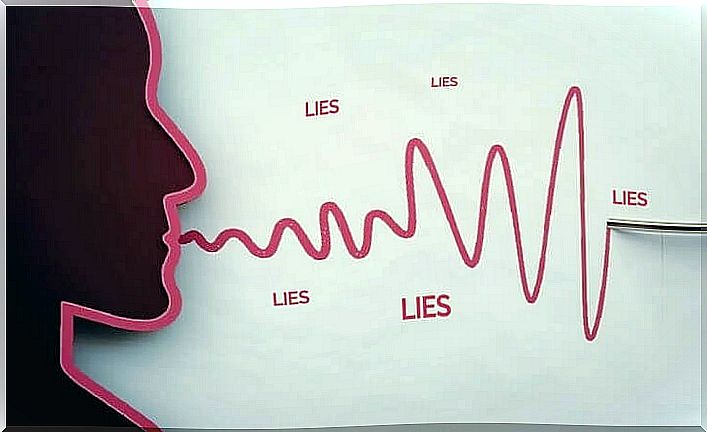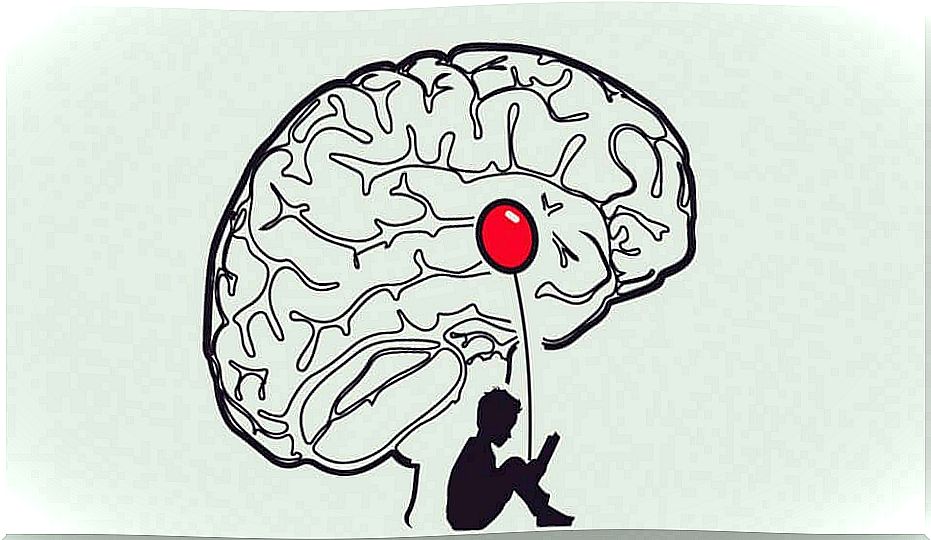A Liar’s Brain Works Differently

When someone repeatedly lies they stop having an emotional response to their own falsehoods. Thus, and in the absence of feelings, this practice becomes easier and becomes a common resource. This is why neurologists have come to the conclusion that a liar’s brain works differently: they are minds skillfully trained for that purpose.
If there is something that characterizes the human brain it is its plasticity, we know it. Therefore, we will not be surprised to know that lying is after all a skill like any other, and that to maintain a good level of excellence, it is enough to practice daily. There are those who have a passion for mathematics, design or writing, disciplines that by themselves also shape distinctive brains based on our lifestyles, our habitual practices.
The field of psychology and sociology has always been interested in the world of lies and deception. However, for a few decades and in view of the great advances in diagnostic techniques, it is neuroscience that is offering us more valuable and disturbing information. The reason? If we were to say at this very moment that the dishonest personality is the result of training and continuous habituation, it is possible that more than one person will feel surprised.
Who starts with the little lies and makes a habit of them, induces the brain to a progressive state of desensitization. Little by little, big lies hurt less and become a lifestyle …

The brain of a liar and the amygdala
Most of us are struck by certain behaviors of those social agents that inhabit our daily lives. We see, for example, some politicians clinging to their lies, defending their honesty and normalizing acts that by themselves are highly reprehensible and even criminal. Are these dynamics in their role as public officials or is there perhaps something biological?
Tali Sharot, a professor of cognitive neuroscience at University College London, tells us that there is indeed a biological component, but also a training process. Thus, the brain structure that is directly related to these dishonest behaviors is undoubtedly the amygdala. The liar’s brain would actually go through a sophisticated process of self-training where it would end up dispensing with all emotion or guilt.
In the journal Nature Neuroscience we have a very complete article published in 2017, where this is detailed. However, and to understand it better, we will give an example. Imagine a young man who reaches a position of power in his company. To convey leadership and confidence in your employees, resort to little lies. These dissonances, these reprehensible little acts make our amygdala react. This small structure of the limbic system, related to our memory and emotional reactions, is what limits the degree to which we are willing to lie.

Now, this young man ends up turning the use of lies into a constant resource. His work in this organization is already based on the permanent and deliberate use of deception. When this approach is habitual, the amygdala stops reacting, creates tolerance and no longer emits any kind of emotional reaction. The feeling of guilt disappears, there are no regrets or worry.
The brain of a liar, so to speak, adapts to dishonesty.
Lying makes the brain work in a different way
Whoever lies needs two things: memory and emotional coldness. This is what they tell us in one of the most comprehensive books on the brain of a liar: “Why we lie … especially to ourselves: The science of deception” by psychology professor Dan Ariely. Likewise, we are also invited to discover other neurological processes no less interesting on the subject.
In an experiment carried out by Dr. Ariely himself, he revealed that the brain structure of pathological liars has 14% less gray matter. However, they had between 22 and 26% more white matter in the prefrontal cortex. What does this mean? Basically , a liar’s brain makes many more connections between his memories and his ideas. That greater connectivity allows them to give consistency to their lies and quicker access to those associations.

All these data give us a clue about how dishonesty is developed from within, from those cognitive processes that gradually acquire greater solvency as we practice them, as our brain also stops adding the emotional component to those acts.
Thus, Dr. Airely does not fail to see something truly terrifying in these practices. The fact that the amygdala stops reacting to certain events reveals in turn that we are losing that which, somehow, makes us human. Those who no longer see that their actions have consequences on others, loses their nobility, the natural goodness that supposedly should define us all.
The brain of a liar is shaped by a set of obscure motivations. We could say that behind that person who chooses to make lies his way of life, there are a series of very specific goals: desire for power, status, domination, personal interest … It is the ideology of the one who decides at a given moment, prioritize yourself over others. And nothing could be more disturbing.
Let’s think about it.









